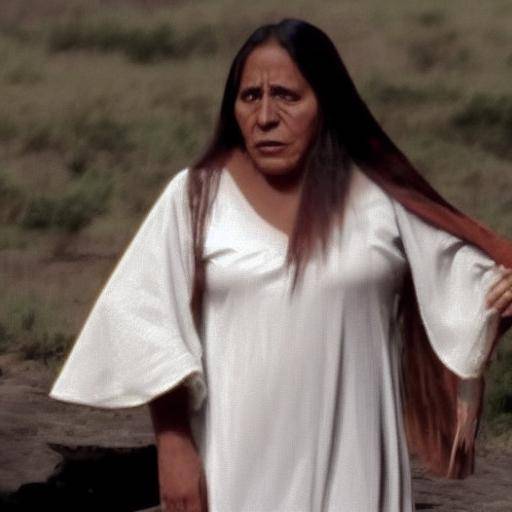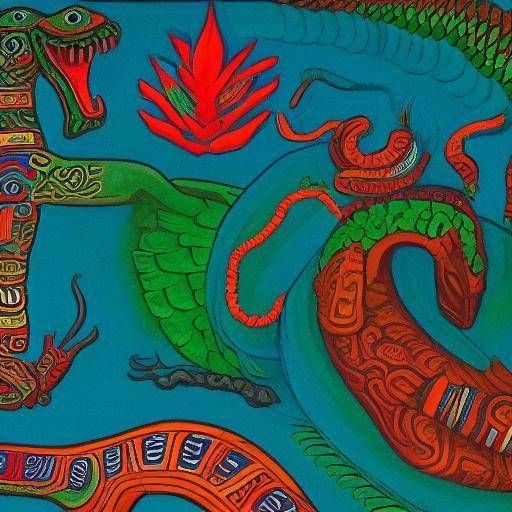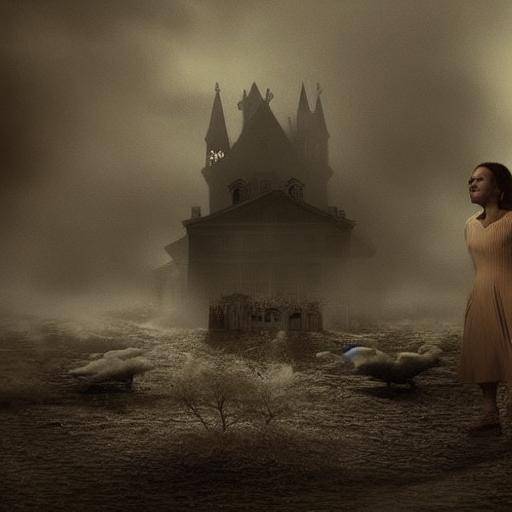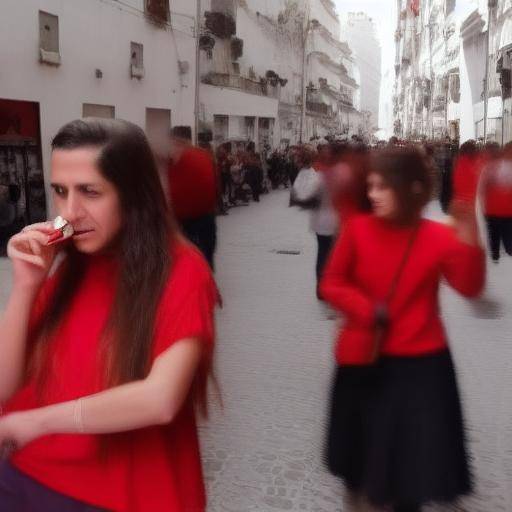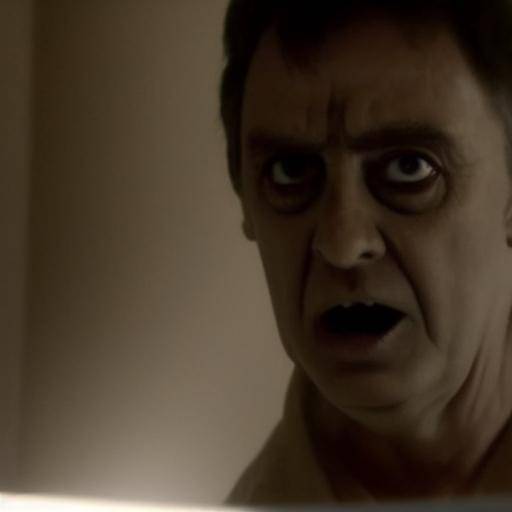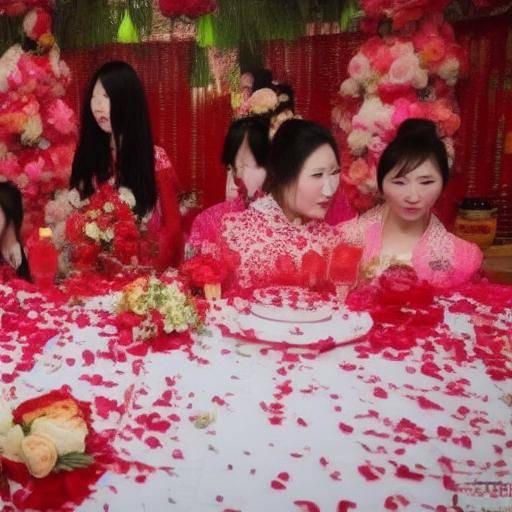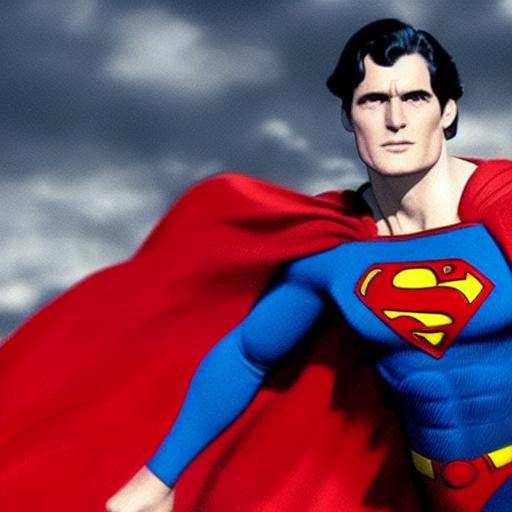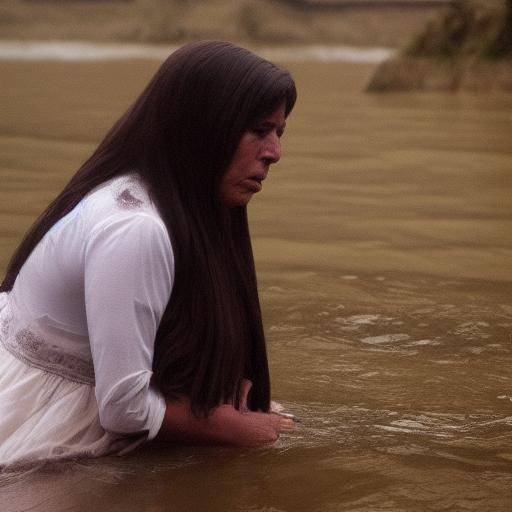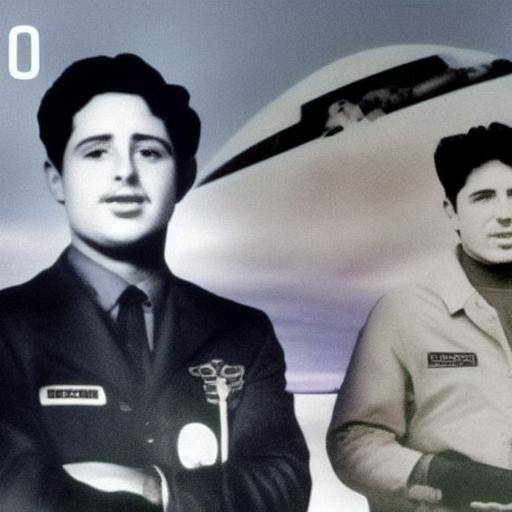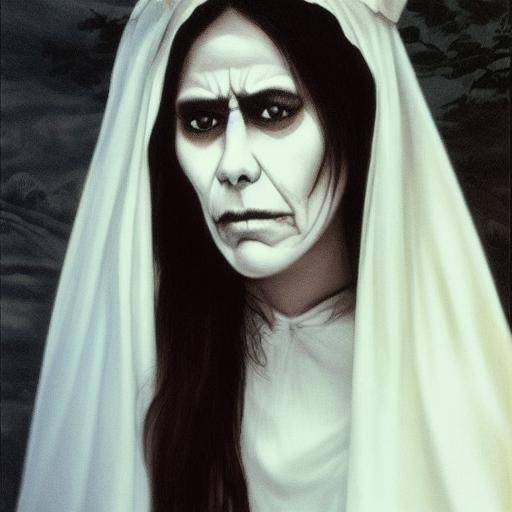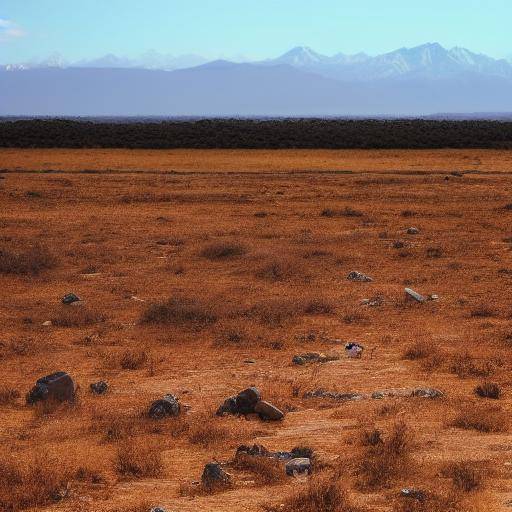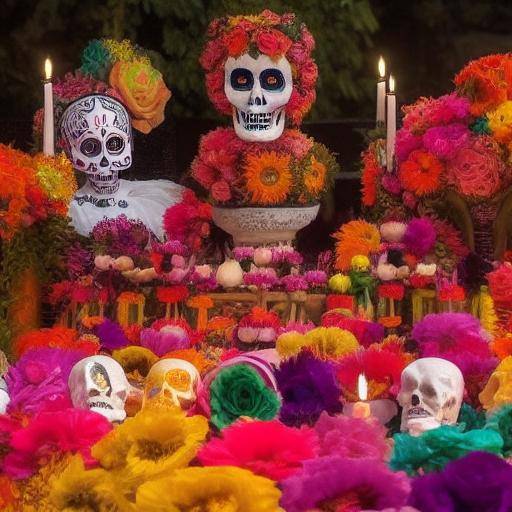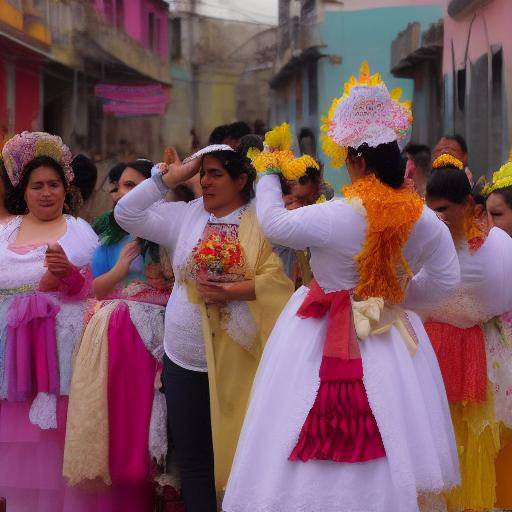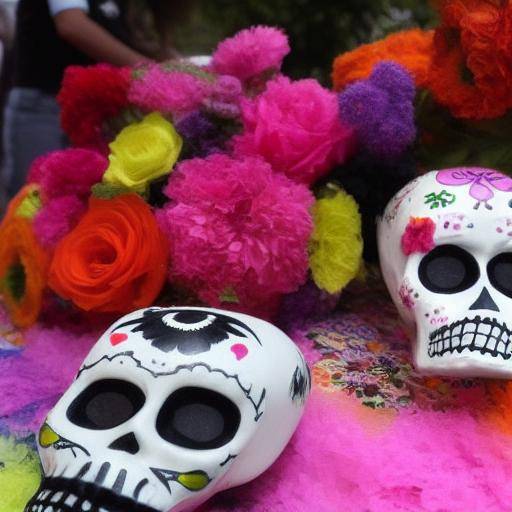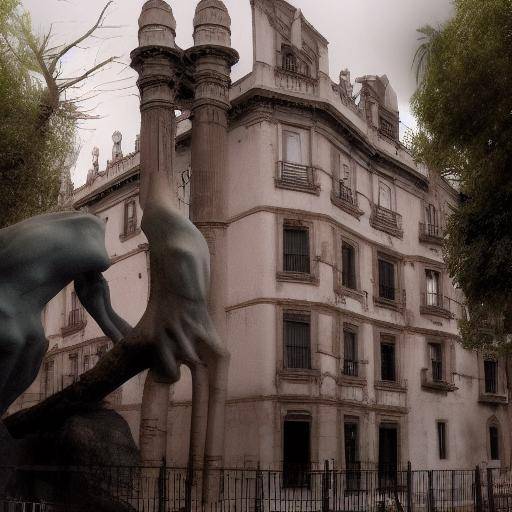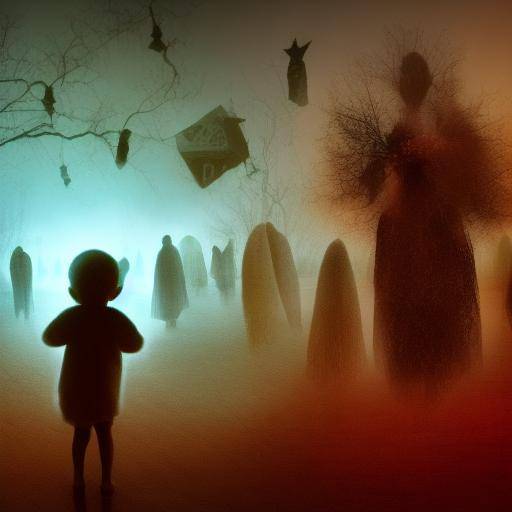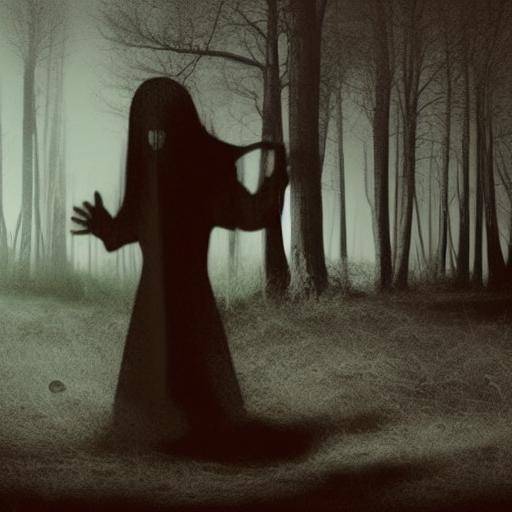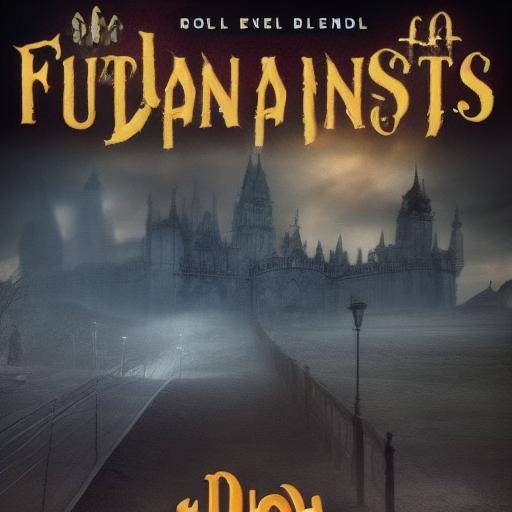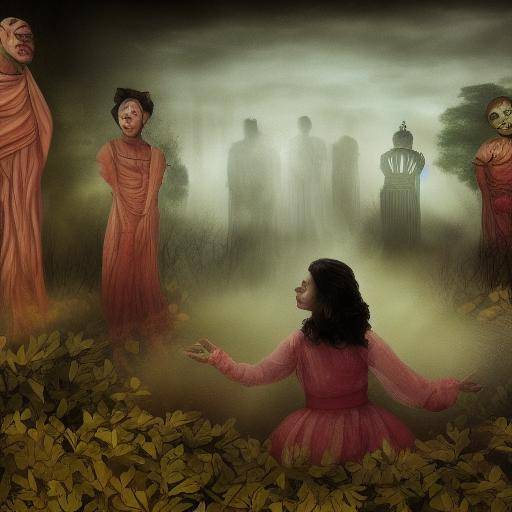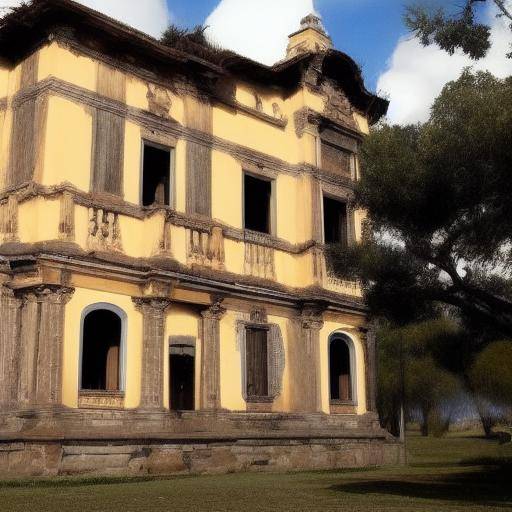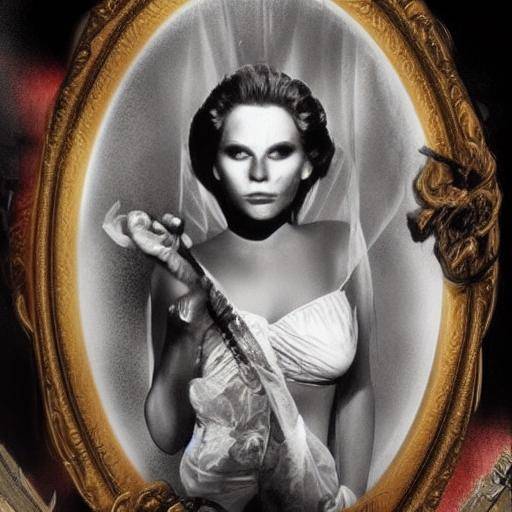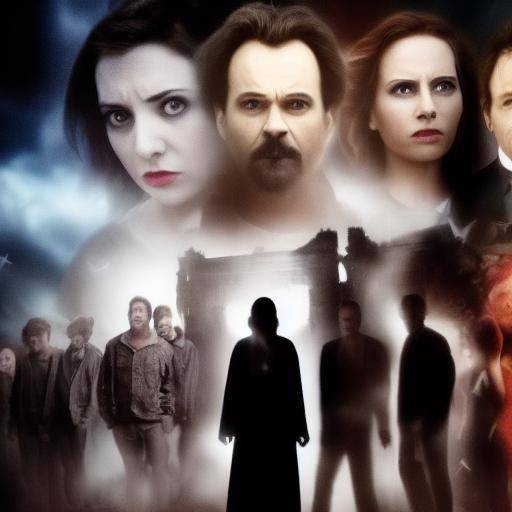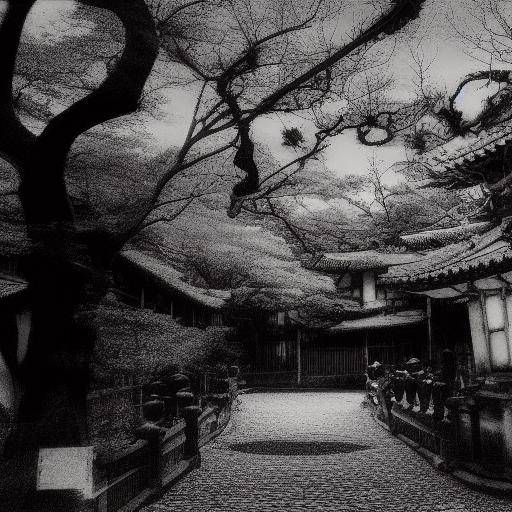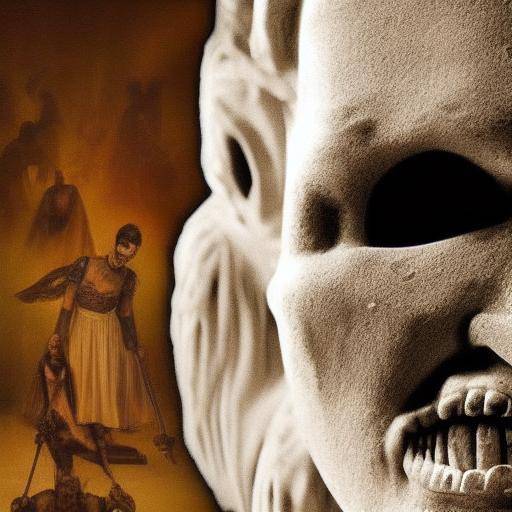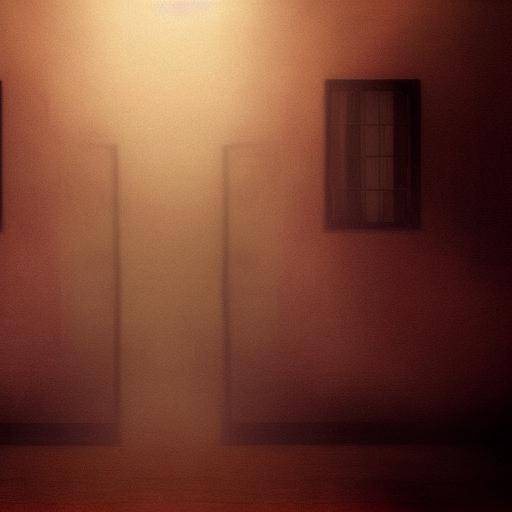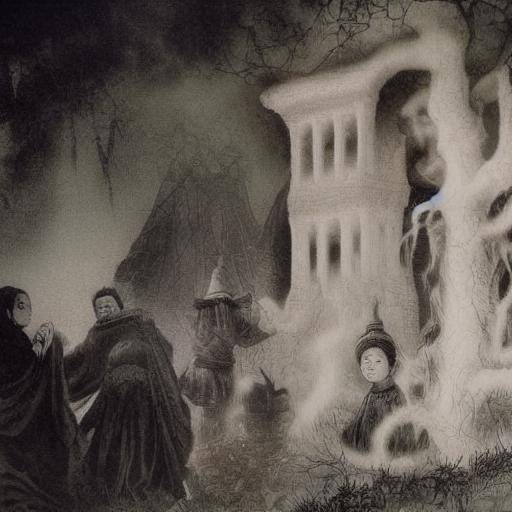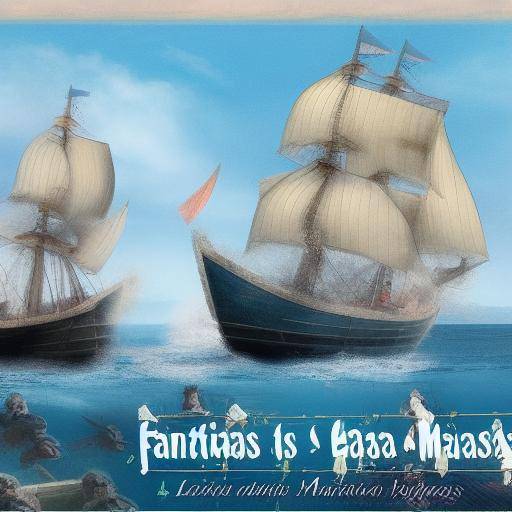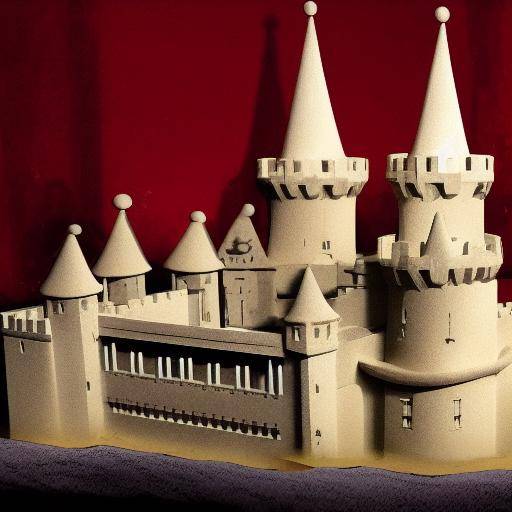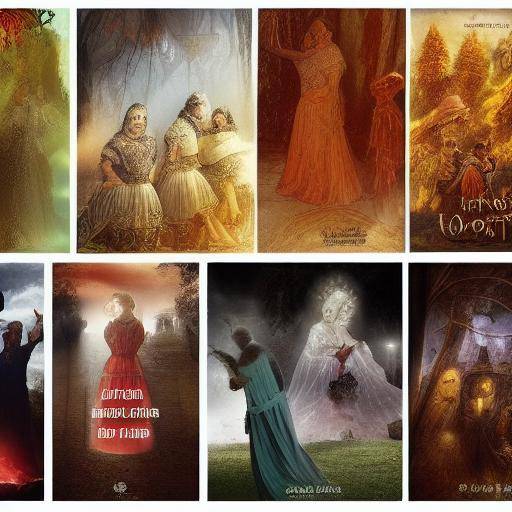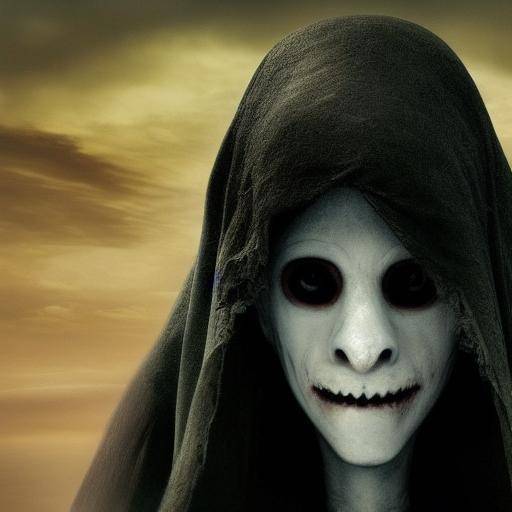
Introduction
The legend of La Llorona, a story rooted in the Mexican folklore, has captivated generations with its mystery and its disturbing background. From its origins as a myth transmitted orally to its transformation into a cinematographic phenomenon that transcends borders, this story has maintained its emotional power and capacity to captivate the public. In this article, we will explore the journey of La Llorona from its position as a legendary ghost in Mexico until its arrival in Hollywood, examining its cultural impact, its evolution through the film industry, and its place in collective consciousness. Prepare to immerse yourself in the fascinating history of La Llorona.
History and Background
The legend of La Llorona has its roots buried in the rich soil of Latin American folklore. This story, dating back centuries, narrates the pain of a woman who, according to legend, drowned her own children in an act of desperation and madness, and now wanders crying through the rivers and streets, lamenting her tragic act and seeking her lost children. Over the years, this legend has evolved, adapting to different contexts and becoming a central element of Mexican popular culture.
Origin and Historical Significance
The legend of La Llorona dates back to the colonial period of Mexico, where indigenous stories are intertwined with Spanish influences. It is considered a clear example of the adaptation of pre-Columbian beliefs with European traditions, creating a unique narrative that has resonated in collective consciousness for centuries. This cultural fusion has enriched the history of La Llorona, giving it depth and historical significance.
Evolution and Popularity
As the history of La Llorona spread over the centuries, its popularity grew exponentially. This legend has become a recurring theme in art, literature, music and, more recently, in cinema. The myth of La Llorona has transcended the geographical and generational barriers, keeping its influence on the popular imagination.
Analysis in Deep
Cultural and Emotional Impact
The legend of La Llorona has exerted a profound influence on Mexican culture, becoming a symbol of maternity, loss and remorse. His timeless representation of tragedy and pain has resonated with audiences of all ages, transcending the borders of time and space. This ghostly figure has marked a space in the collective psyche, serving as a vivid reminder of the tearing consequences of human actions.
Adaptation in the Film Industry
The long-lasting appeal of La Llorona legend has found a significant echo in the film industry, where her emotional narrative and supernatural environment have been exploited to create shocking film experiences. Various film productions have led the history of La Llorona to the big screen, taking advantage of its popularity and its ability to generate intrigue and suspense among the public.
Integral Examination
La Llorona in the Context of Mexican Folclore
The presence of La Llorona in the Mexican folklore goes beyond just a frightening story. This ghost figure represents a profound connection to oral tradition and beliefs rooted in the daily lives of Mexican communities. His legacy endures through generations, projecting his shadow over time and history.
Comparative analysis
The Llorona and Other Phantom Figures
The figure of La Llorona shares thematic similarities with other legends of wandering dead that persist in various cultures around the world, such as La Llorona. These narratives, commonly associated with human tragedies, reflect the universality of feelings of loss, guilt and remorse. The comparison of these ghost figures allows a wider understanding of the way cultures approach these emotions through their myths and legends.
Practical Tips and Useful Tips
Keeping alive the Legend
For those interested in keeping the legend of La Llorona alive, the best way is through its diffusion in popular culture, either through narration, cinema, music or art. Exploring and sharing this legendary story can open meaningful dialogues on Mexican history and traditions, thus preserving their importance for future generations.
Perceptions of Industry and Expert Reviews
Impact on Film Consciousness
The phenomenon of La Llorona in the film industry has raised deep interest and reflection on the importance of preserving and representing cultural narratives in cinema. The adaptation of La Llorona in the context of Hollywood has generated discussions about cultural authenticity, precise representation and respect for Mexican history and traditions.
Case Studies and Real Life Applications
Contemporary adaptation of La Llorona
The contemporary adaptation of the legend of La Llorona suggests the continued relevance of its history in modern society. This phenomenon can be regarded as an affirmation of the root of cultural traditions in the collective imagination, as well as a manifestation of the lasting power of legendary narratives to impact and captivate contemporary audiences.
Future Trends and Predictions
Emerging Perspectives in Film Representation
The interest in the authentic representation of Mexican historical and mythological, such as La Llorona, in the film industry suggests a possible trend towards the valuation and incorporation of cultural narratives in global cinema. These trends could open up new opportunities for the recognition and appreciation of cultural diversity on the big screen.
Conclusion
The legend of La Llorona, from its humble origins as a tale of terror counted around bonfires to its transformation into a global phenomenon in cinema, has demonstrated its ability to endure through the centuries. This story, rooted in the tradition and folklore of Mexico, has transcended cultural barriers, capturing the imagination of audiences around the world. The influence of La Llorona in collective consciousness, both in Mexico and in Hollywood, continues to resonate as a tribute to the rich cultural heritage and the ability of legendary narratives to move and captivate over time.
Frequently asked questions
What is the meaning of La Llorona in Mexican culture?
Llorona is a cultural symbol that represents a combination of tragedy, repentance and maternity. Its history reflects the importance of maternal responsibility and the consequences of human actions, addressing emotional issues rooted in Mexican society.
How has the legend of La Llorona impacted on the film industry?
The narrative of La Llorona has been adapted in several films, demonstrating its ability to generate intrigue and suspense among the public. Its presence in the film industry has strengthened its place in popular culture, while it has opened debates on cultural representation and authenticity.
What lessons can we learn from the legend of La Llorona?
The legend of La Llorona invites us to reflect on the importance of preserving cultural narratives and recognizing the lasting impact of traditional stories on society. In addition, it reminds us of the universality of human emotions such as loss, guilt and remorse, which are present in the mythological narratives of all cultures.
How has the adaptation of La Llorona in Hollywood been received?
The arrival of La Llorona to Hollywood has generated divergent views. While some see it as an opportunity to spread and preserve the Mexican narrative globally, others raise concerns about authentic cultural representation and respect for traditions.
What role does La Llorona play in contemporary film consciousness?
The Llorona has played a significant role in contemporary cinematographic consciousness by challenging conventional narrative conventions and encouraging the exploration of the representation of cultural legends in cinema. Its presence highlights the diversity of cultural and mythological expressions in the entertainment industry.
How has the adaptation of La Llorona in cinema preserved the original narrative?
The adaptation of La Llorona in cinema, although often involves certain changes to adapt to the cinematographic format, has helped to keep the original narrative alive by bringing it to a wider audience. This has allowed the legend to remain relevant in the contemporary context.
What is the relevance of La Llorona beyond its historical meaning in popular culture?
The relevance of La Llorona transcends its historical significance by becoming a cultural icon that transcends borders and generations. Their presence in popular culture demonstrates their ability to evoke universal emotions and connect with diverse audiences around the world.
What are the challenges and future opportunities for the representation of La Llorona in the entertainment industry?
Future challenges include sensitively addressing the concerns about cultural appropriation and preserving the authenticity of the narrative. Opportunities include the opening of intercultural dialogues and the celebration of diversity through the representation of La Llorona in cinema.
With these frequent questions, we hope to have addressed the main concerns and curiosities surrounding the legend of La Llorona and its impact on both popular culture and the entertainment industry.
In short, the history of La Llorona is more than a simple legend; it is a profound reflection of the human condition and a lasting testimony of the capacity of the legendary narratives to transcend borders. From its roots in the Mexican folklore to its screening on the Hollywood screen, La Llorona remains a powerful symbol of cultural wealth and the ability of stories to endure over time. His legacy continues to inspire reflection, debate and appreciation in contemporary society.
Completing this journey through the history of La Llorona invites us to recognize and value the profound impact that legends and myths have on our lives. In exploring and celebrating these narratives, we honor the rich cultural heritage that crosses generations, as well as the ability of stories to captivate, move and unite those who share them.
As you can see, the legend of La Llorona is a narrative that has transcended borders and generations, keeping its emotional impact and place in the collective imagination. His journey from his origin in the Mexican folklore until his arrival at the Hollywood screen exemplifies the ability of stories to connect and captivate through time and space.

